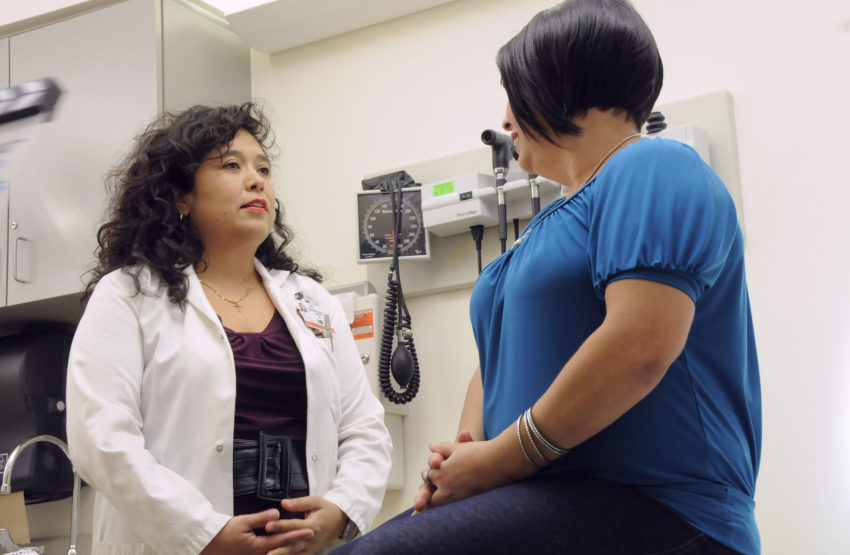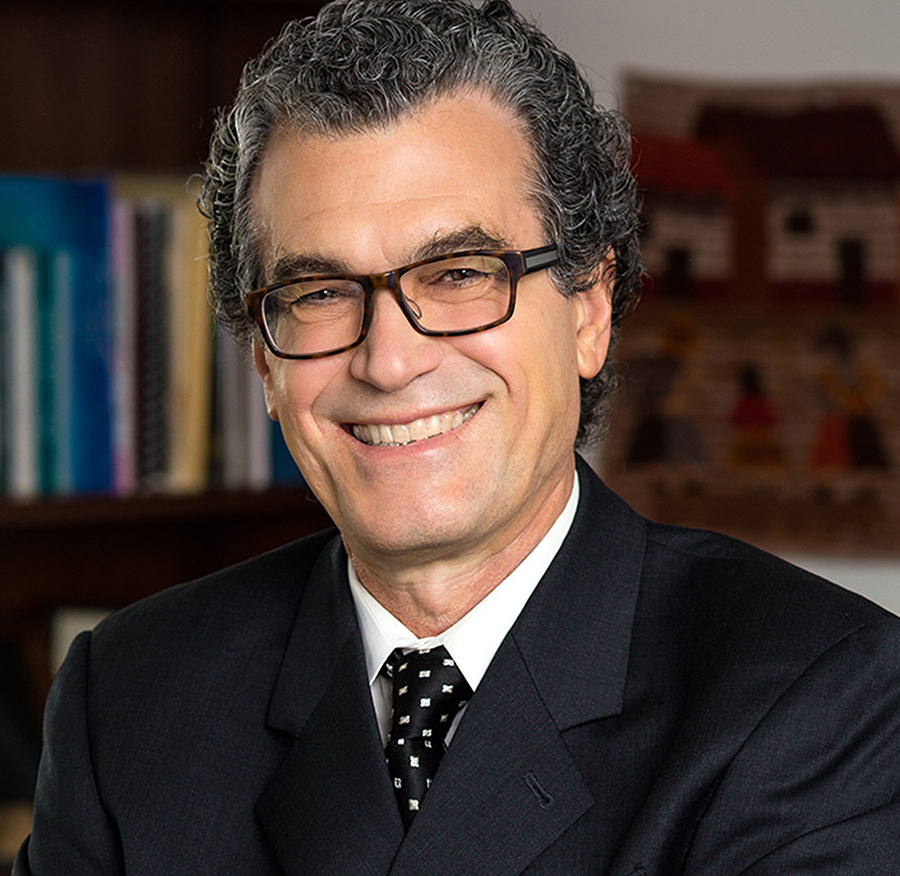
Share On Social!
Latinos are sorely underrepresented in clinical research and the healthcare workforce, said a minority health leader.
Dr. Eliseo Perez-Stable, director of the National Institute on Minority Health and Health Disparities, called this issue a “crisis” during the recent National Hispanic Medical Association conference in March 2018, Medpage Today reports. He also covered these issues at UT Health San Antonio’s Advancing the Science of Cancer in Latinos in February 2018.
Latinos & Clinical Research
Latinos face many health disparities in cancer. They tend to have low access to healthy food, physical activity, and social support services, according to Salud America! research.
Yet they don’t often join clinical trials, Perez-Stable said.

“There hasn’t been a single [prostate] screening trial including a significant number of Latinos or blacks … yet it impacts our practice and we have no data to know if it works in this population,” Perez-Stable said.
He told Medpage Today we need better data and multi-level interventions involving minorities.
“We need to have standard measures [in the electronic health record] for demographic and social determinants of health,” he said. “Touch-screen technology helps … Portal access to the clinician is really important. If you have an 80-year-old patient, they may not get on the internet and write a message, but their family will.”
Latinos & the Healthcare Workforce
The number of Latino doctors declined 22% over the past 30 years. Yet the Latino population rose 243% in the same span, according to a recent study.
This may not change anytime soon, either, Perez-Stable said.
He cited data that only 5% of U.S. medical school grads were Latino and 5.5% were African American.
“Only about 7% of all NIH ‘R01’ grants are awarded to African-American or Latino primary investigators,” Perez-Stable said, according to Medpage Today.
Also, only 2% of the nation’s registered nurses are Latino, according to Minority Nurse. The percentage of Latino nurses educated at the baccalaureate level or higher is even smaller.
Fortunately, several programs exist to encourage Latinos to seek doctoral degrees and healthcare careers.
That includes Éxito! Latino Cancer Research Leadership Training, a program of the Institute for Health Promotion Research (IHPR) at The University of Texas Health Science Center at San Antonio, the team behind Salud America!
Éxito! offers an annual summer institute to increase the number of master’s-degree-level Latinos who pursue a doctoral degree. It also has ongoing networking opportunities, and a resource guide for Latinos to apply to and complete a doctoral program.
U.S. nursing schools all over the country also are taking action, according to Minority Nurse. Several schools have innovative programs to recruit more Latino students into nursing programs, and guide them through completion.
The National Association of Hispanic Nurses also offers grant programs and scholarship opportunities.
In California, a new law is expected to allow students without papers pursuing medical professions to apply for state scholarships and loan forgiveness programs.
“If we are going to properly serve our current and future patient base, we must begin to develop a true pipeline to bring in Latino physicians and health professionals to meet this growing need,” Dr. Jose Arevalo of Latino Physicians of California recently told California Healthline.
By The Numbers
25.1
percent
of Latinos remain without health insurance coverage



